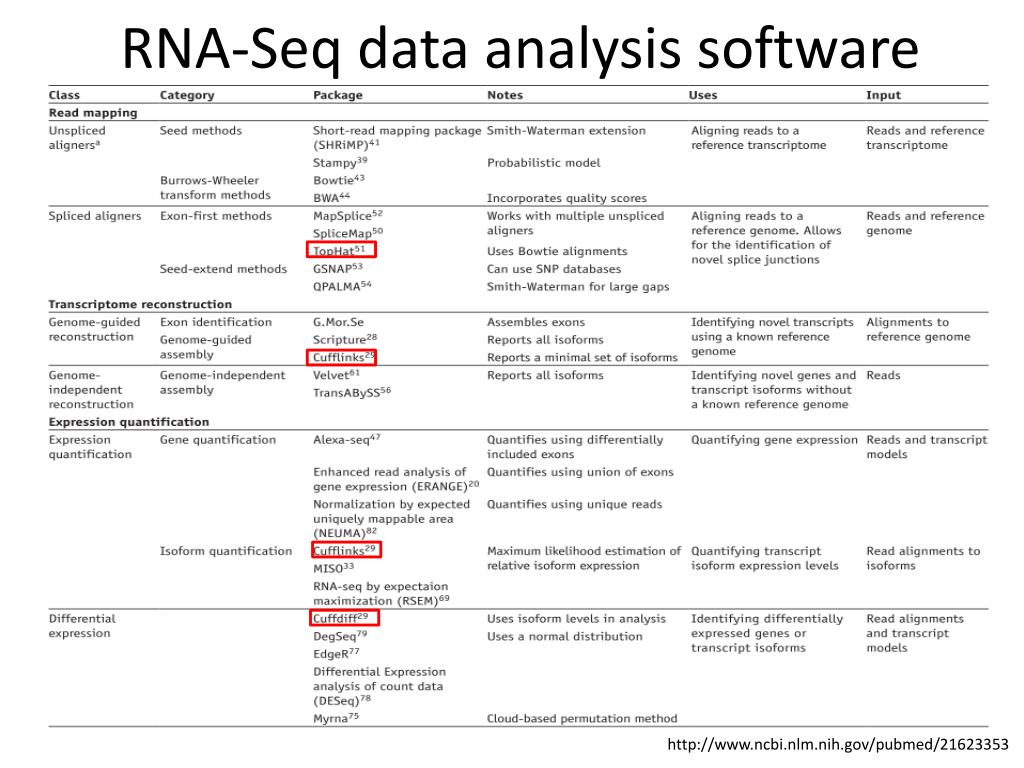

The process is repeated over and over and occurs simultaneously for millions of clusters resulting in clonal amplification of all.Īfter bridge amplification, the reverse strands are cleaved and washed off, leaving only the forward strands. This bridge is denatured, resulting in two single-stranded copies of the molecule tethered to the flow cell. This second oligo is complementary to another adapter sequence, and polymerase generates a complementary strand forming a double-stranded bridge. The original molecule is washed away, and the strand bends over like a bridge and attaches to the next oligo in the flow cell. This is then followed by generating a complementary strand by elongating the oligo attached to the flow cell by DNA polymerase. During this process, the DNA fragments of the library get hybridized with one of the oligonucleotides present on the flow cell surface. After pooling together, it is loaded in the sequencer for further proceeding into sequencing.Ĭluster generation begins once the samples are attached to the flow cell and bridge amplification occurs. Source: įor each sample, unique adapters are used, and all the samples are pooled together in a single tube. The inner region of green and blue acts as a sequencing primer binding site which is used to read out the insert sequence during the actual sequencing process. Through which the individual library single strands are captured to be sequenced. The outer region in black and orange binds to the complementary sequence on the surface of the Illumina flow cell. It helps in the specific enrichment of adapter-ligated DNA during the PCR step. Alternatively, a process called tagmentation combines fragmentation and ligation reactions in a single step, increasing the efficiency of the library preparation process. These adapters are ligated in 5’ and 3’ ends. During fragmentation, each fragment gets an overhang A tail at the end, preparing them to ligate to the adapter sequence, which contains a ‘T’- base overhang complementary to the A-tail fragment.Īdapters are the sequence that contains the primer binding sites, index sequences, and the sequence that allows library fragments to attach to the flow cell lawn. The samples, either DNA or cDNA, are fragmented by sonication or enzymatic restriction to obtain fragments of 200-500 bp in length. The library preparation is vital in the sequencing process as it prepares the samples to be compatible with the sequencer. After the isolation of DNA or cDNA (synthesized from RNA), they undergo all of these four basic steps, which are described below: Illumina sequencer includes four basic steps of sequencing: Library Preparation, Cluster Generation, Sequencing, and Analysis.

Basic Steps Involved in Next-Generation Sequencing NGS delivers high accuracy, an elevated yield of error-free readings, and a high percentage of base calls above Q30. The major difference is that instead of sequencing a single DNA fragment, NGS simultaneously extends this process across millions of fragments. During each process, the nucleotides are identified by fluorophore excitation at the addition of each nucleotide. Next Generation Sequencing technology is similar to Capillary Electrophoresis (CE) sequencing, where DNA polymerase catalyzes the incorporation of fluorescently labeled deoxyribonucleotide triphosphates (dNTPs) into a DNA template strand during sequential cycles of DNA synthesis. Limitation of Next-Generation Sequencing Principle of Next-Generation Sequencing.Application of Next-Generation Sequencing.Basic Steps Involved in Next-Generation Sequencing.Principle of Next-Generation Sequencing.


 0 kommentar(er)
0 kommentar(er)
